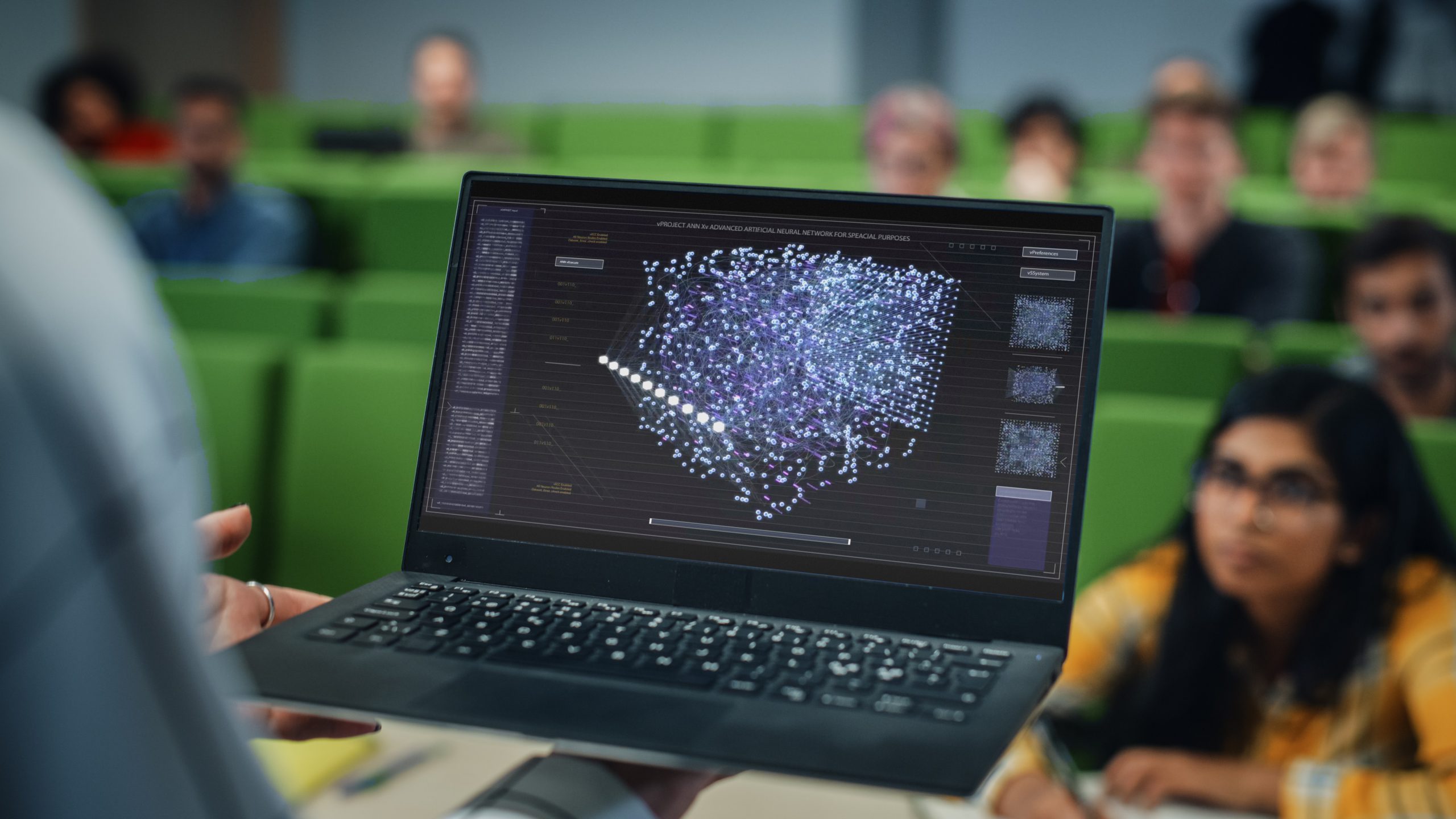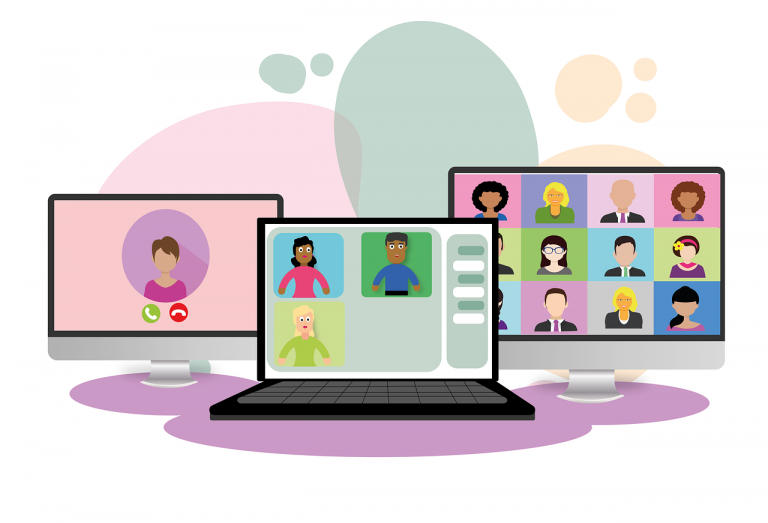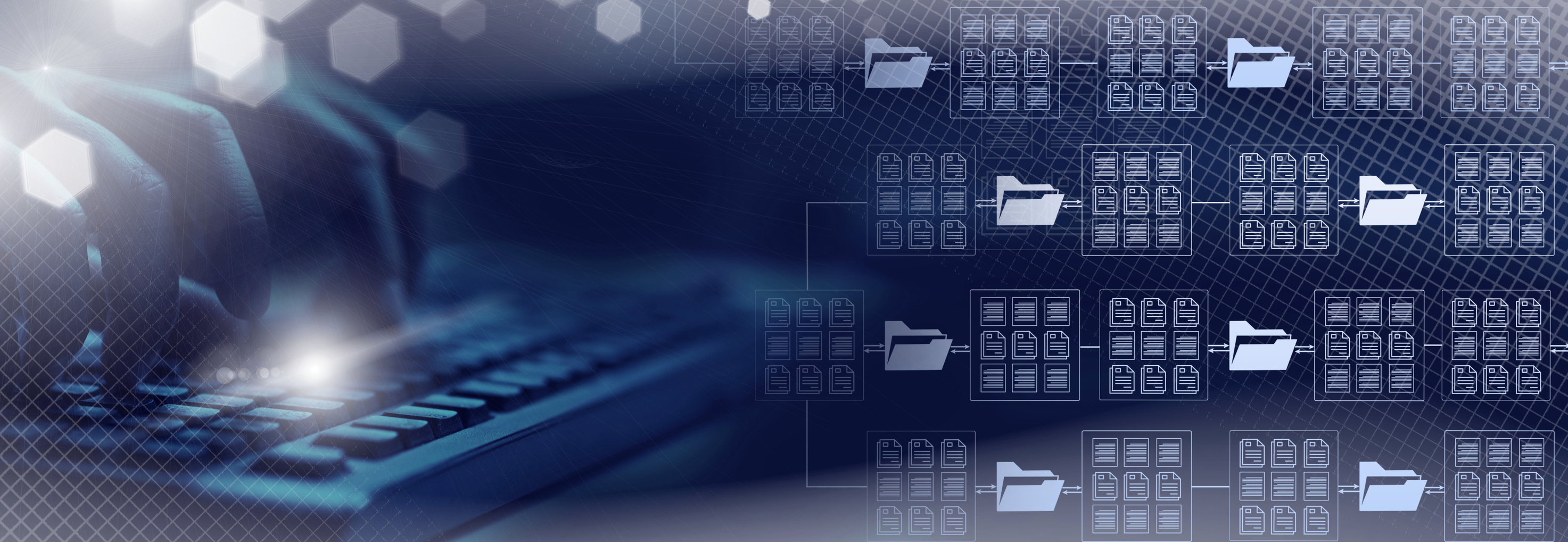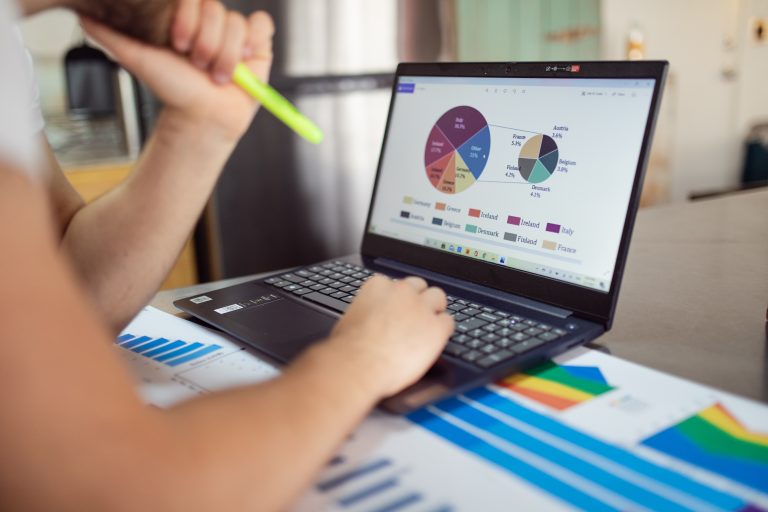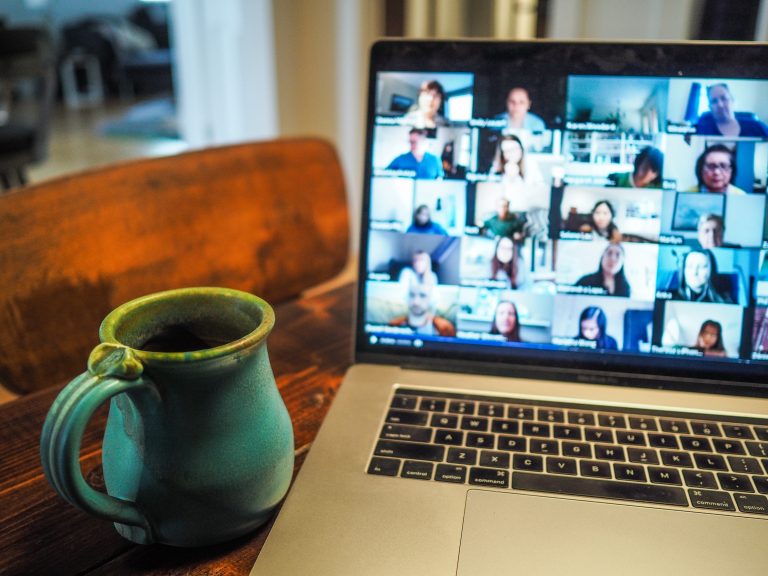A Deep Dive into Virtual Labs
One of the most exciting developments in EdTech in 2024 is virtual labs. Virtual labs, also considered digital labs, have opened up a world of possibilities for educators and students, solving some of the biggest challenges in education today. In an era marked by constrained budgets and student disengagement, virtual labs are being increasingly adopted as a means to effectively train, motivate, and inspire the next generation of scientists and academics.
What Are Virtual Labs?
Virtual labs are digital simulations that allow students to experience lab settings in a whole new way—right from their computer. Imagine being able to interact with lab equipment, conduct procedures, and analyze results without needing to be in a physical lab. Science Interactive details how virtual labs work: “Some are like videos—students simply click, play, and watch the simulation take place—whereas others are interactive, allowing students to manipulate variables to discover different outcomes. Some examples include representations that demonstrate a law of physics, the effects of gravity, or a frog dissection typical of many biology lab simulations.”
Academic Advantages of a Virtual Lab
Flexibility and Accessibility
Virtual labs can function as valuable replacements for physical labs, especially in online learning environments or hybrid courses where in-person lab access is limited. Instead of students missing out on hands-on experiences, they can now engage with realistic simulations that mimic real-life experiments from devices with an internet connection. This feature is especially beneficial for remote learning environments where students or researchers may be in different parts of the world. It allows institutions to offer high-quality scientific education and experimentation to a broader audience without the limitations of physical infrastructure.
The flexibility of digital labs means that learners can engage with content at their own pace, revisiting experiments and simulations as needed to reinforce their understanding.
Preparation for Physical Labs
Virtual labs aren’t just useful for replicating physical labs—they’re also great for preparing students before they step into a real lab. Science labs can be intimidating, especially for students who aren’t familiar with the equipment or procedures. Doing simulations before the real thing will help students get a feel for the experiment ahead of time so they both know what to expect and how to execute tasks successfully.
With virtual labs, students can also practice techniques, study the steps involved, and anticipate potential challenges in a risk-free setting. This preparation not only boosts student confidence for hands-on sessions but also reduces the chance of mistakes that could waste valuable materials in the physical lab.
Cost-Effectiveness
Traditional laboratory setups often involve significant expenses related to equipment, materials, and maintenance. Digital labs offer a cost-effective alternative by providing a digital simulation of these experiments, eliminating the need for physical materials and reducing overall costs. This free or low-cost option is particularly advantageous for institutions with limited budgets or many remote students. By investing in virtual lab software, educational institutions and research organizations can provide high-quality learning and research experiences without the financial burden of maintaining a physical lab.
Enhanced Learning Opportunities
Virtual labs can also play a valuable role during lectures by bridging the gap between theory and practice. Sometimes, students struggle to connect what they learn in lectures with real-world applications. Virtual labs allow users to engage actively with the material, perform experiments, and immediately see the results of their actions. This hands-on approach can lead to deeper comprehension and more meaningful learning outcomes.
Because of their versatility and ease of use, digital labs can easily be used in the classroom by individuals, pairs, or groups. This creates opportunities for students to collaborate and engage more deeply with the material. Customizable pre-lab assignments and post-lab assessments can also be offered, which helps teachers track their students’ knowledge and competency easily.
Conclusion
Virtual labs are reshaping the way we approach education and research. Whether they’re being used to replace physical labs, prepare students for hands-on work, enhance lectures, or increase accessibility, virtual labs are proving to be an invaluable tool in modern classrooms. As these technologies continue to advance, the impact and scope of virtual labs are likely to grow as well—and you won’t want to miss it!
References
Si. (2023, November 30). The Pros & Cons of Virtual Labs based on 1,614 instructors & students . Science Interactive. https://www.scienceinteractive.com/the-pros-cons-of-virtual-labs-based-on-1614-instructors-students/#:~:text=Virtual%20science%20labs%20are%20digital,animations%20to%20present%20specific%20topics.


